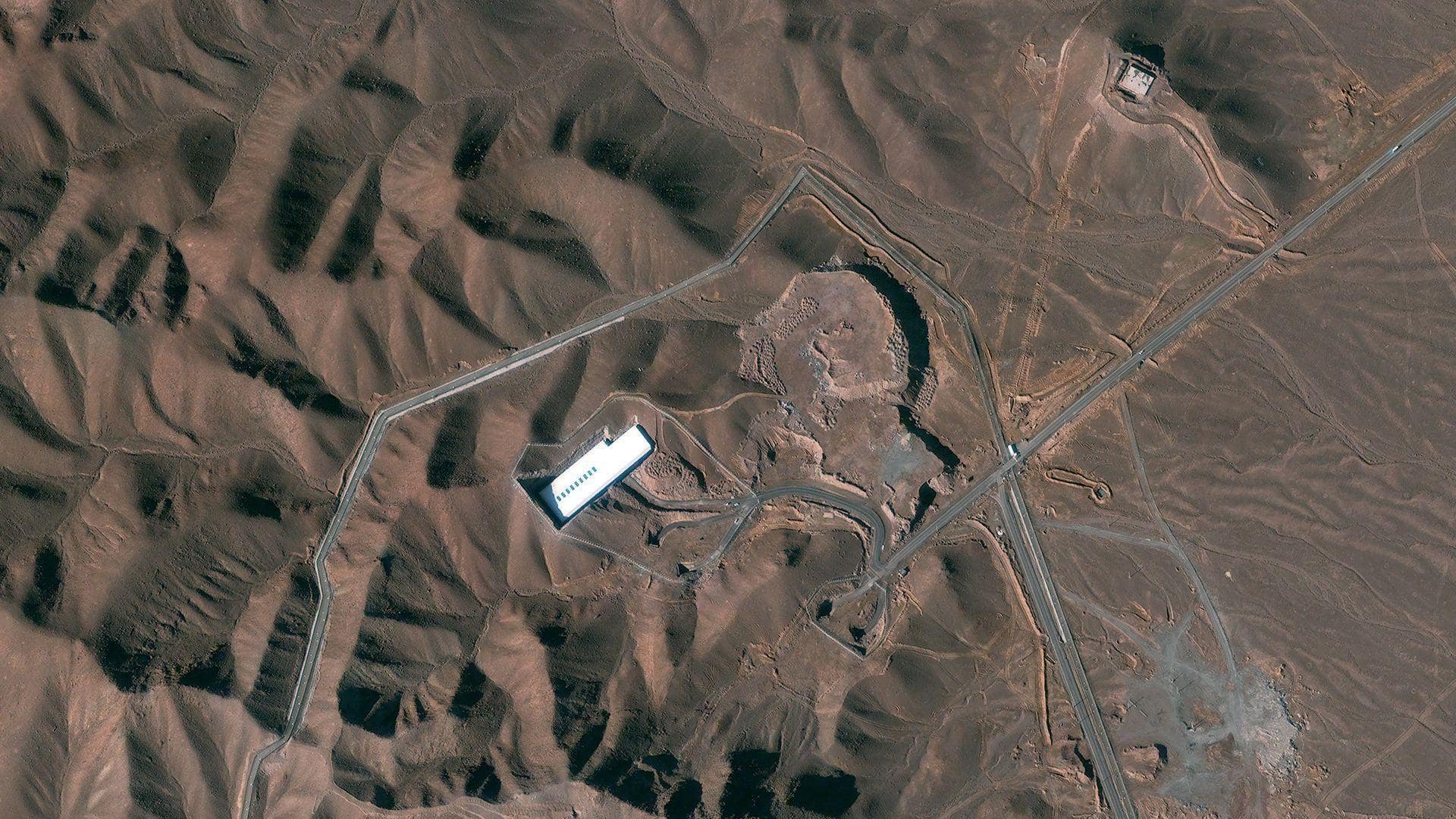
What we know about Fordow, Iran's most advanced nuclear facility
What's the story
The Fordow Fuel Enrichment Plant, located near Qom, Iran, has been a subject of international concern since its existence was revealed in 2009. The facility is buried deep inside a mountain and is said to be around 80-90 meters underground. This makes it impervious to any bomb currently known to Israel. The site has five tunnels leading into mountains and a large support structure with a wide security perimeter. It is the most advanced and hardened nuclear facility, per CNBC.
Facility details
Designed to produce weapons-grade uranium
Construction of the Fordow site began in the early 2000s, during Iran's "crash nuclear weapons program," according to David Albright of the Institute for Science and International Security. It was designed to produce weapons-grade uranium while obtaining low-enriched uranium from Iran's civil nuclear program. The facility can reportedly accommodate up to 3,000 centrifuges. However, the International Atomic Energy Agency (IAEA) has expressed concerns over Iran's increased production of highly enriched uranium at Fordow.
Targeted site
Israel targeted Fordow but hasn't been able to damage it
Israel has recently targeted the Fordow facility but hasn't been able to inflict any damage so far, according to the IAEA. The United States is said to be the only country with a bomb capable of destroying Fordow from the air. It is the only country that possesses this "bunker buster" weapon, as well as the aircraft capable of transporting and deploying it: the B2 Spirit stealth bomber. This somewhat explains why Israel has been so eager for US involvement.
Global concern
Iran maintains its nuclear program is peaceful
Iran has always maintained that its nuclear program is peaceful. However, the facility's size and configuration have raised eyebrows globally. Former US President Barack Obama had said in 2009 that "the size and configuration of this facility is inconsistent with a peaceful program." The Joint Comprehensive Plan of Action (JCPOA) had initially curbed Fordow's potential by mandating Iran to reduce centrifuges and nuclear material at the site. That process was reversed after 2018, when Trump pulled out of the deal.
Nuclear focus
Destruction of Fordow wouldn't end concerns over Iran's nuclear capabilities
The ISIS think tank estimates that Iran could convert its 60% enriched uranium into enough weapon-grade uranium for nine nuclear weapons within three weeks at Fordow. If Fordow remains operational, Israel's attacks would have little effect on Iran's ability to produce a bomb, nuclear analysts say. So, the decisions made by the White House in the coming days will be very important for both the future of Iran's nuclear program and the survivability of the Islamic Republic as a whole.